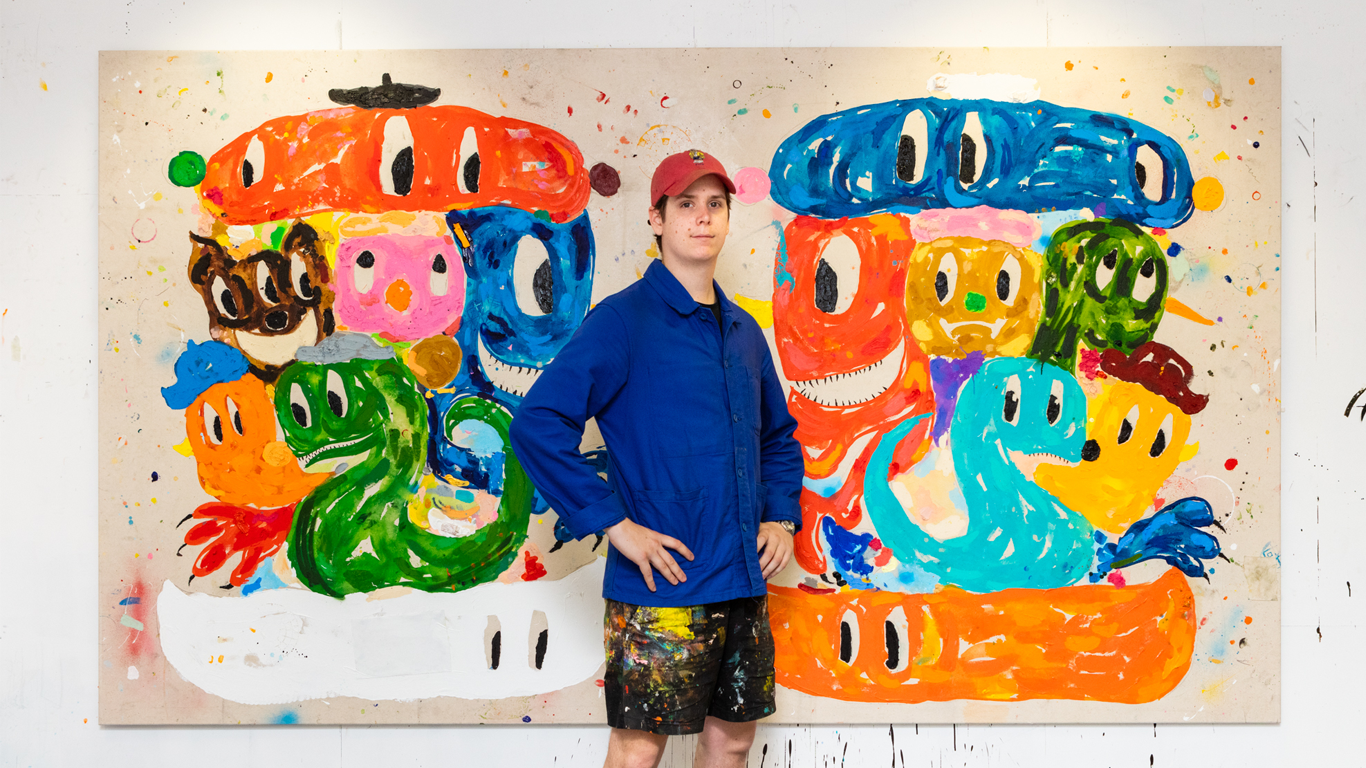He is only thirty years old and his paintings are already known throughout the art world. In the last two years, his work has been exhibited in cities such as Beijing, New York, Madrid, Miami, Paris, and Stockholm. Yet until now, few people in Hungary have heard of Szabolcs Bozó’s story, even though he could be a role model for every young artist. His talent has taken him all over the world, but he remains a modest and kind-hearted guy who just wants to paint.
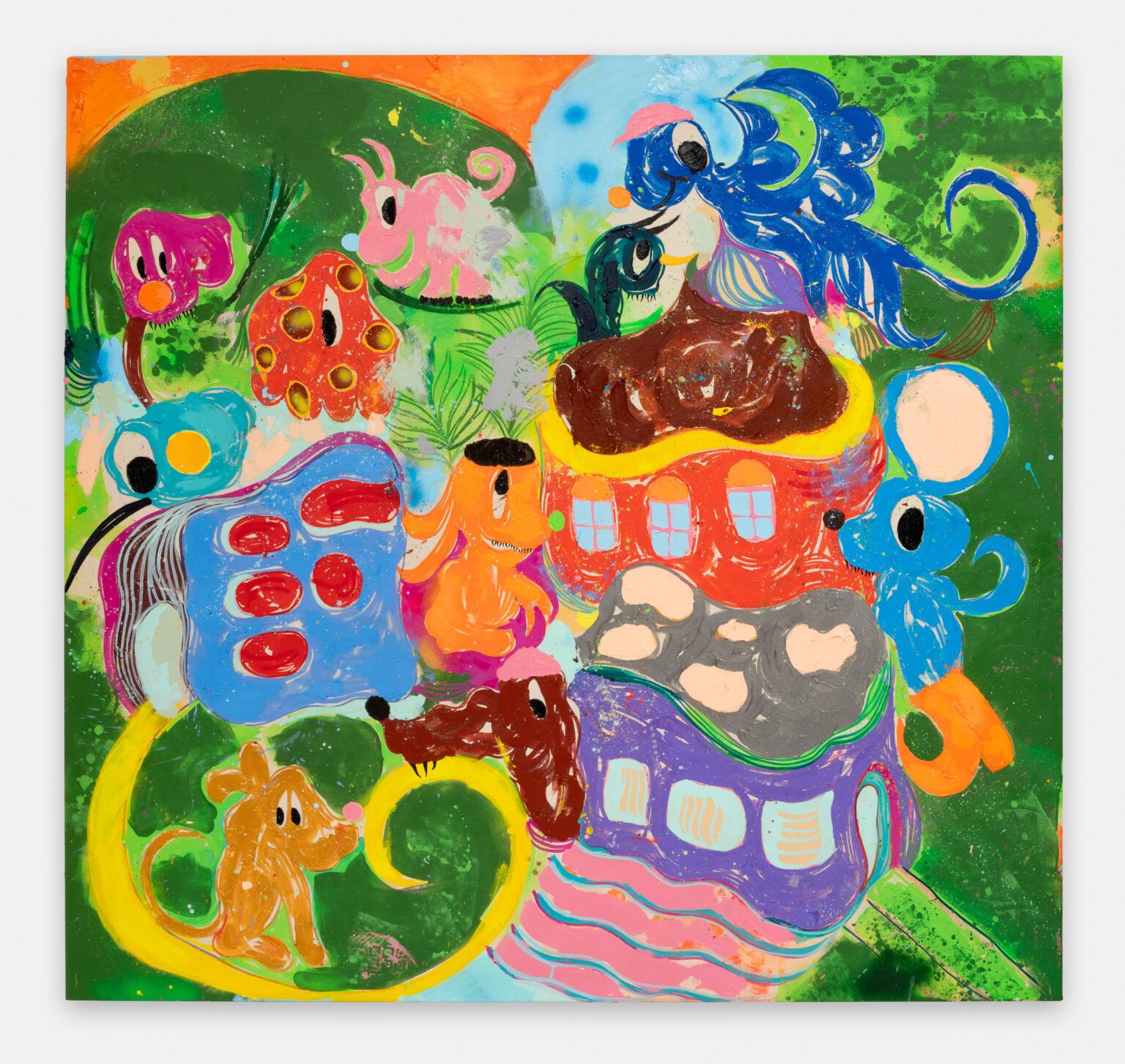
You were born in Pécs, but now live in London—this interview is also being conducted online. How did you end up there?
Yes, I was born in Pécs and lived there until I was eighteen. Already in primary school, my art teacher told my parents that it would be useful for me to go to art school, and luckily I was accepted right away. I studied sculpture for four years, but I didn’t stay for the fifth. I came to London after my high-school graduation and have been living here for thirteen years. I had friends living here at the time and I came to learn the language with them, then somehow I fell in love with the city and I stayed.
You have always been a creative person: is there someone in your family from whom you inherited this talent?
My grandmother used to paint, however, not professionally. Painting as a woman was not accepted in Hungary in the fifties and sixties, especially in a rural region—my grandma was born in a village called Véménd. I was often looking at her old sketchbooks, drawings, and paintings in her attic, which inspired me. When she was young, she painted portraits and landscapes, and my brother and I were always trying to copy those paintings. She was, so to speak, my first role model as a child, who introduced me to painting, and she was always there for us.
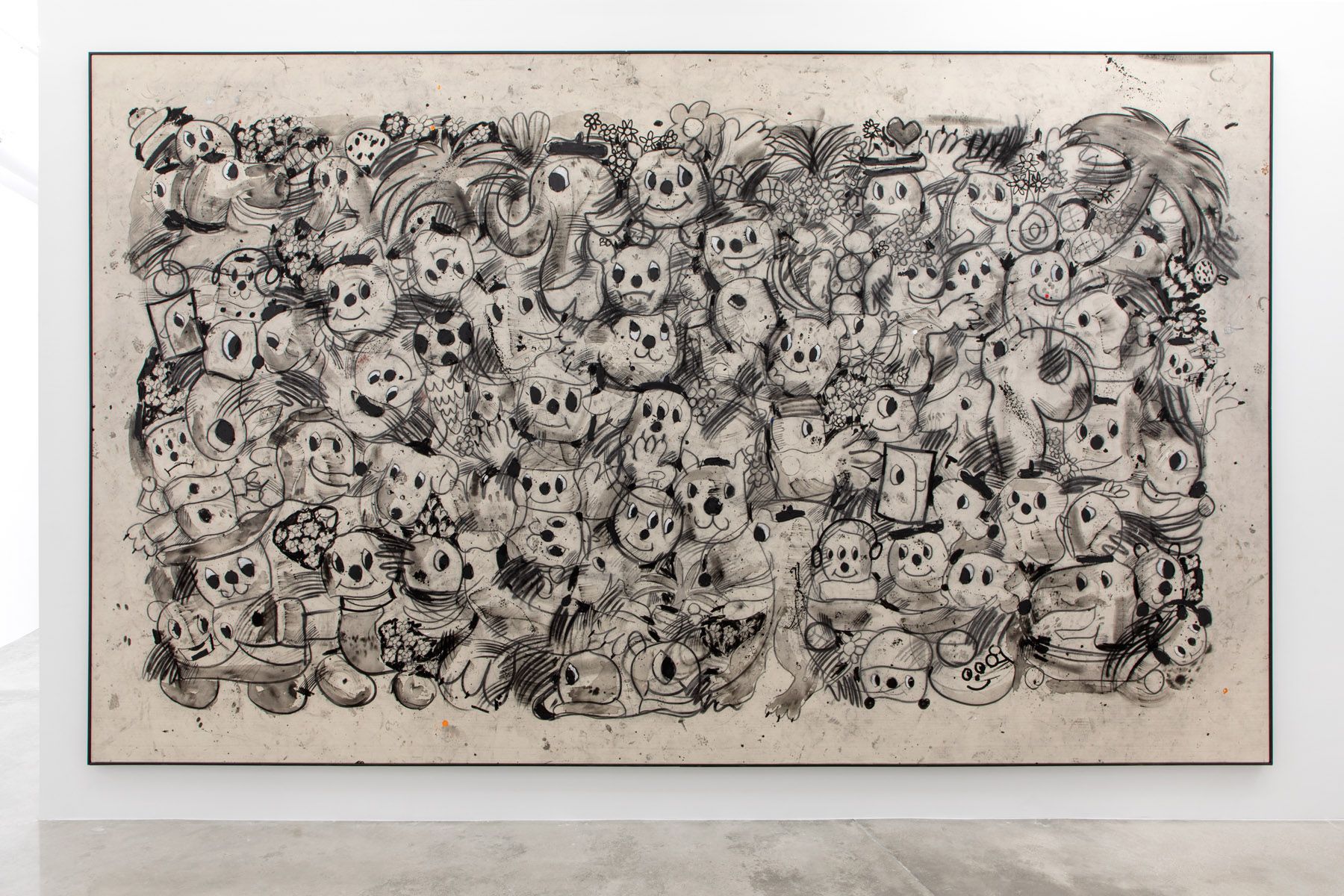
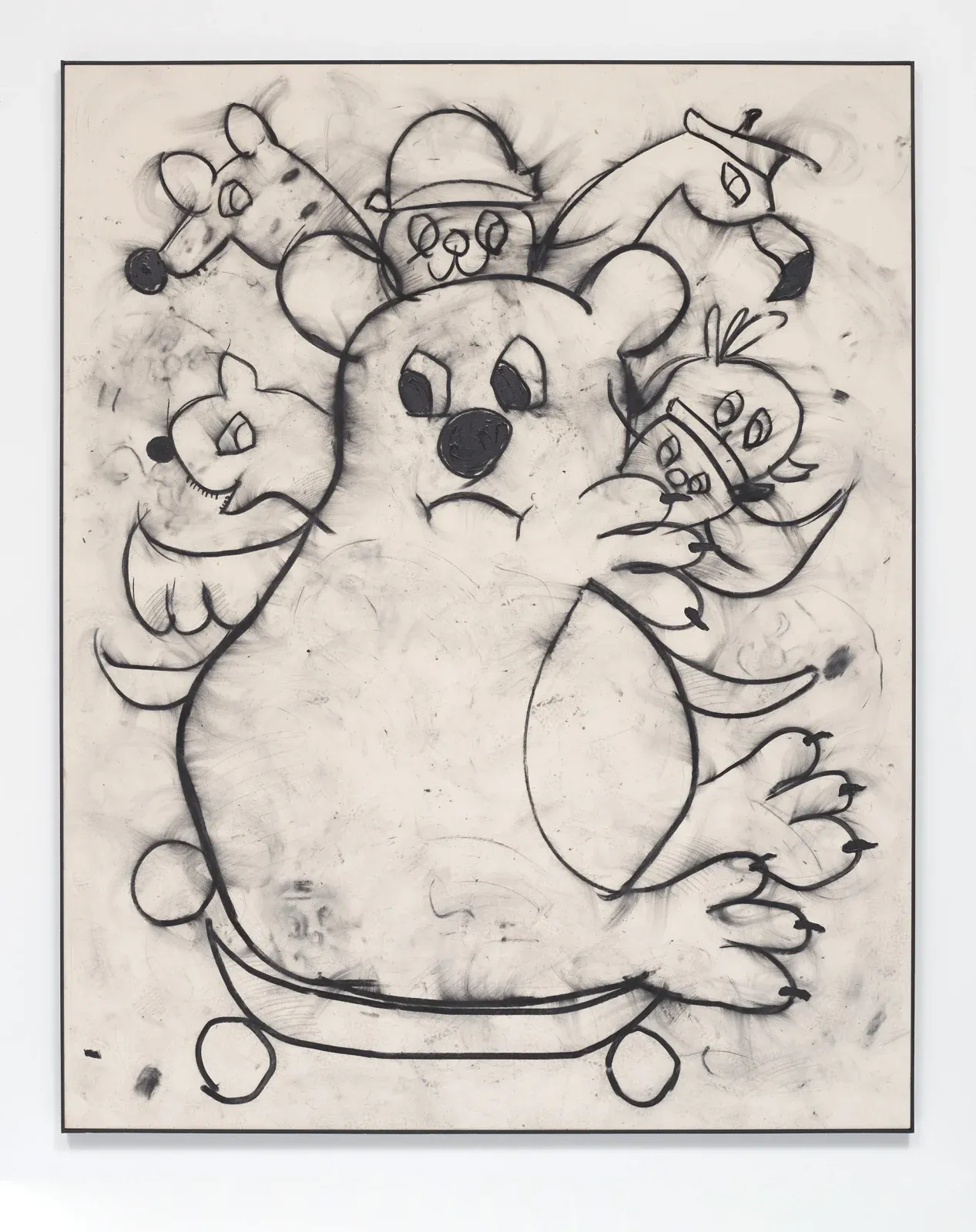
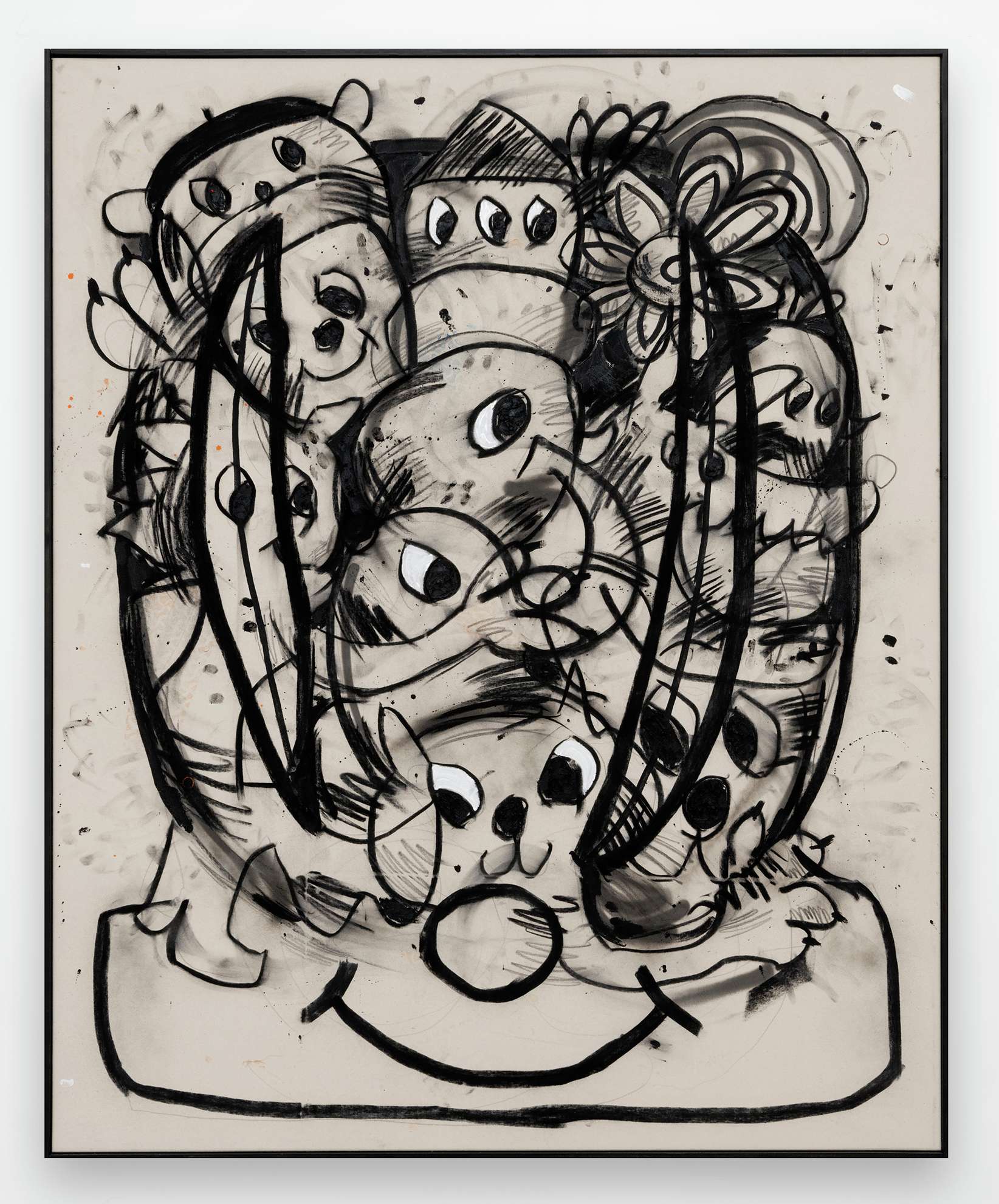
What was it like to enter the international art world from a small country like Hungary? Did you experience any difficulties?
In many cases, it was more of an advantage. I’m an up-and-coming painter with a strange name, of Eastern European descent, not an English aristocrat—people like this about me. Everyone knows my story and I think it’s important where I was born. I am Hungarian, I have a Hungarian passport, and my parents live in Hungary. I don’t deny my origins, in fact, there are so many talented artists, scientists, and inventors in our history, it’s something to be proud of. But it’s also important to mention that it was here in London where I really grew up, where I had my first job and my first girlfriend, where I truly found myself. I have a strong connection to this place now.
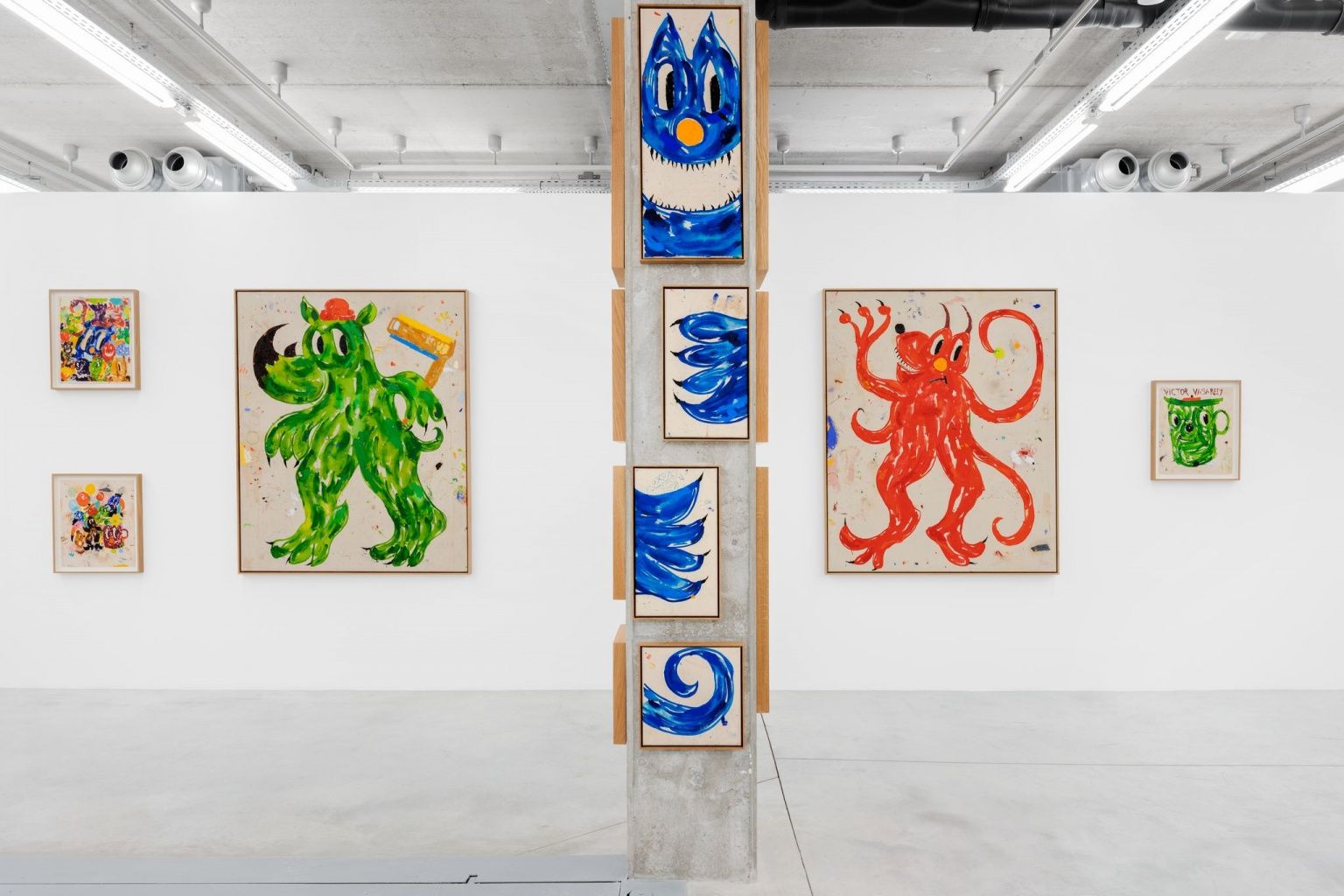
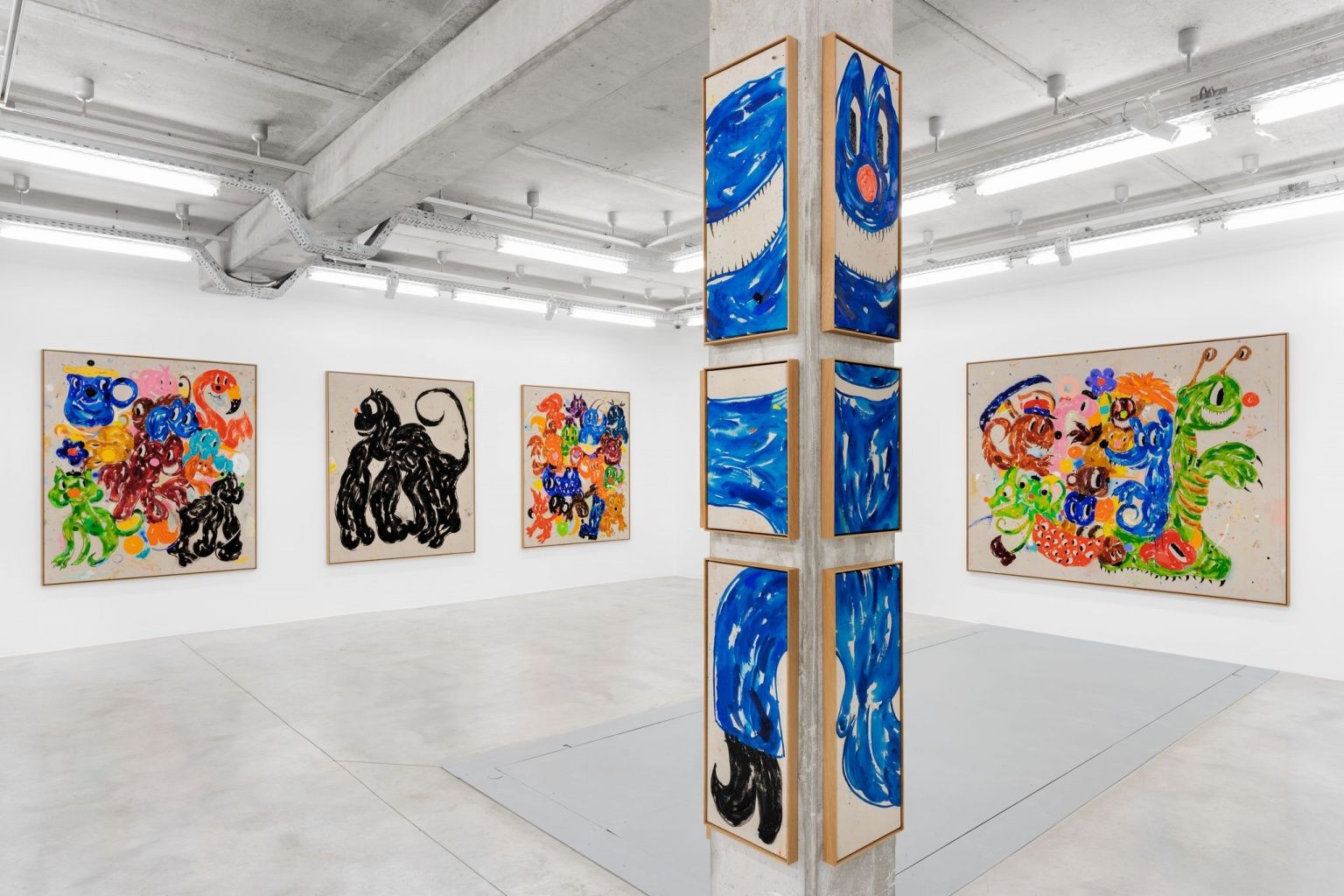
Your enthusiasm just radiates from your paintings. What drives you forward in the creative process?
I usually don’t plan, but let the process happen. It feels like drawing as a child. It doesn’t occur to you that it’s a work of art, just a pastime you enjoy. I look for that feeling when I go into the studio. I turn off my phone and I’m just there painting and working. I’m a bit more conscious now than I was five or six years ago—there are more serious things going on these days. It sounds a bit cliché, but it’s true: I try to enjoy the process, relax and stay true to it.
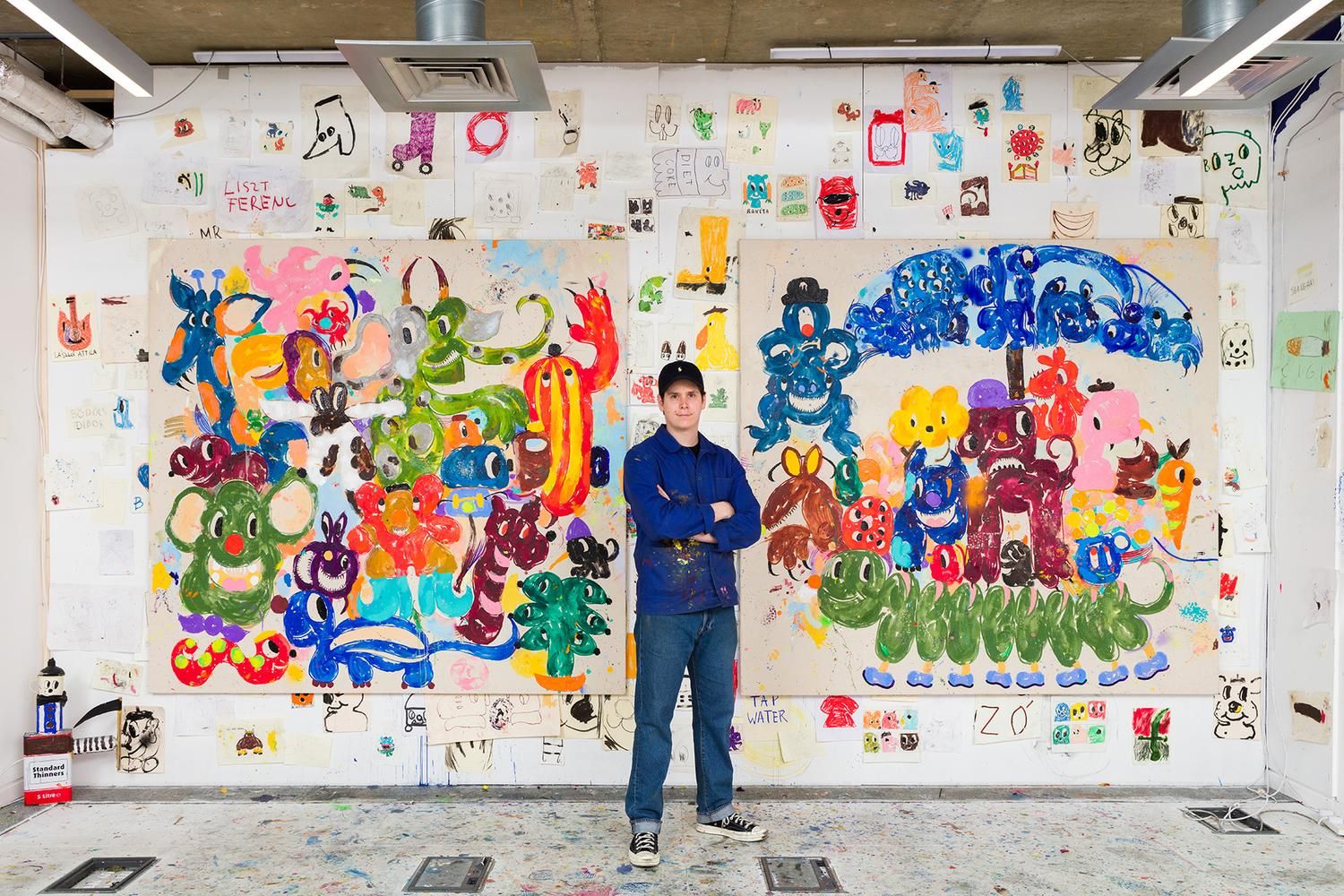
What do the characters in your paintings mean to you?
The characters are the result of a many-decade-long process, in fact, they are my life. I’ve always loved colors and somehow these figures are the perfect way to express myself. For me, this is my life: I always concentrate on it and often paint rather than express myself in words. It’s like when you’re thirsty: you get the reflex to drink. My characters are born in a similar way. In terms of materials, I use quite a variety of techniques: brushes, paint rollers, giant crayons, or even glue, often with whatever I can find.
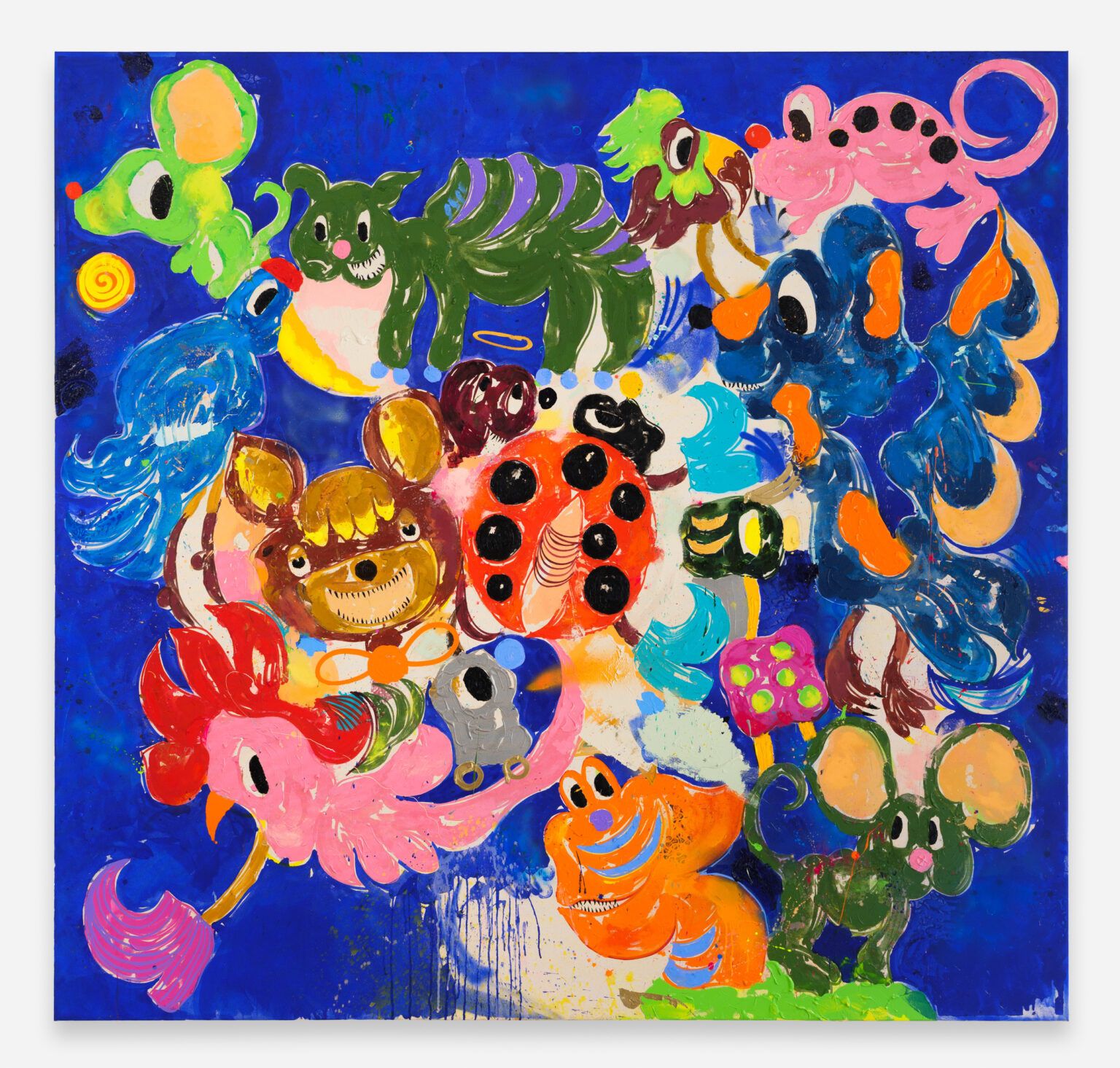
It’s as if you have always known know your characters. Do you have regular characters?
Yes, of course. Unfortunately, I don’t have my childhood drawings anymore, but I do have a few figures that I’ve been drawing since I was very young. For example, characters from Hungarian fairy tales, like Süsü (a dragon with one head from a famous Hungarian puppet TV show—the Transl.) or Vuk (a little fox from a well-known animated TV film—the Transl.): they are often subconsciously in my hand. When I create a new character, I do a lot of sketching before the final figure is drawn, sometimes as many as sixteen versions are made.
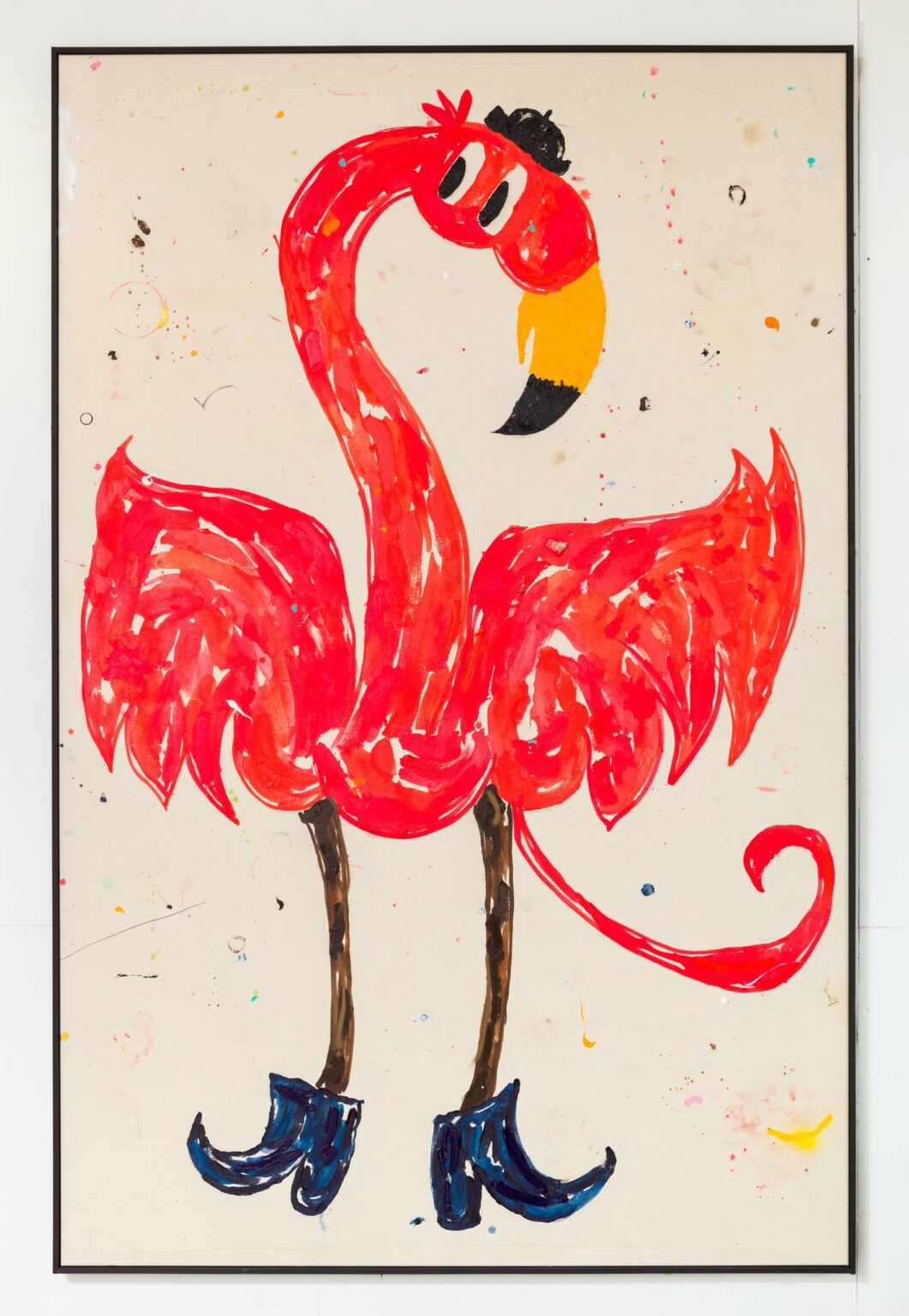
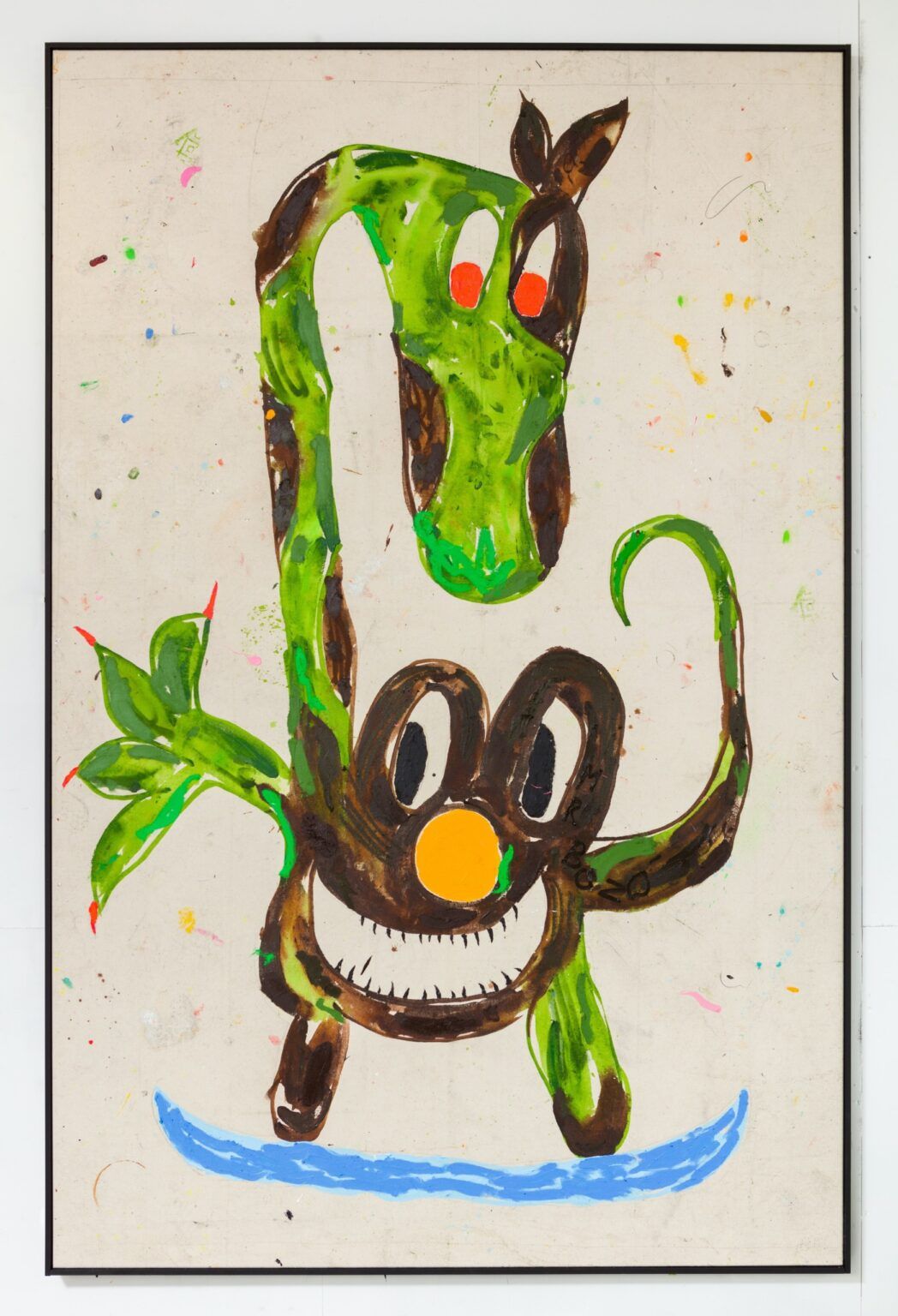
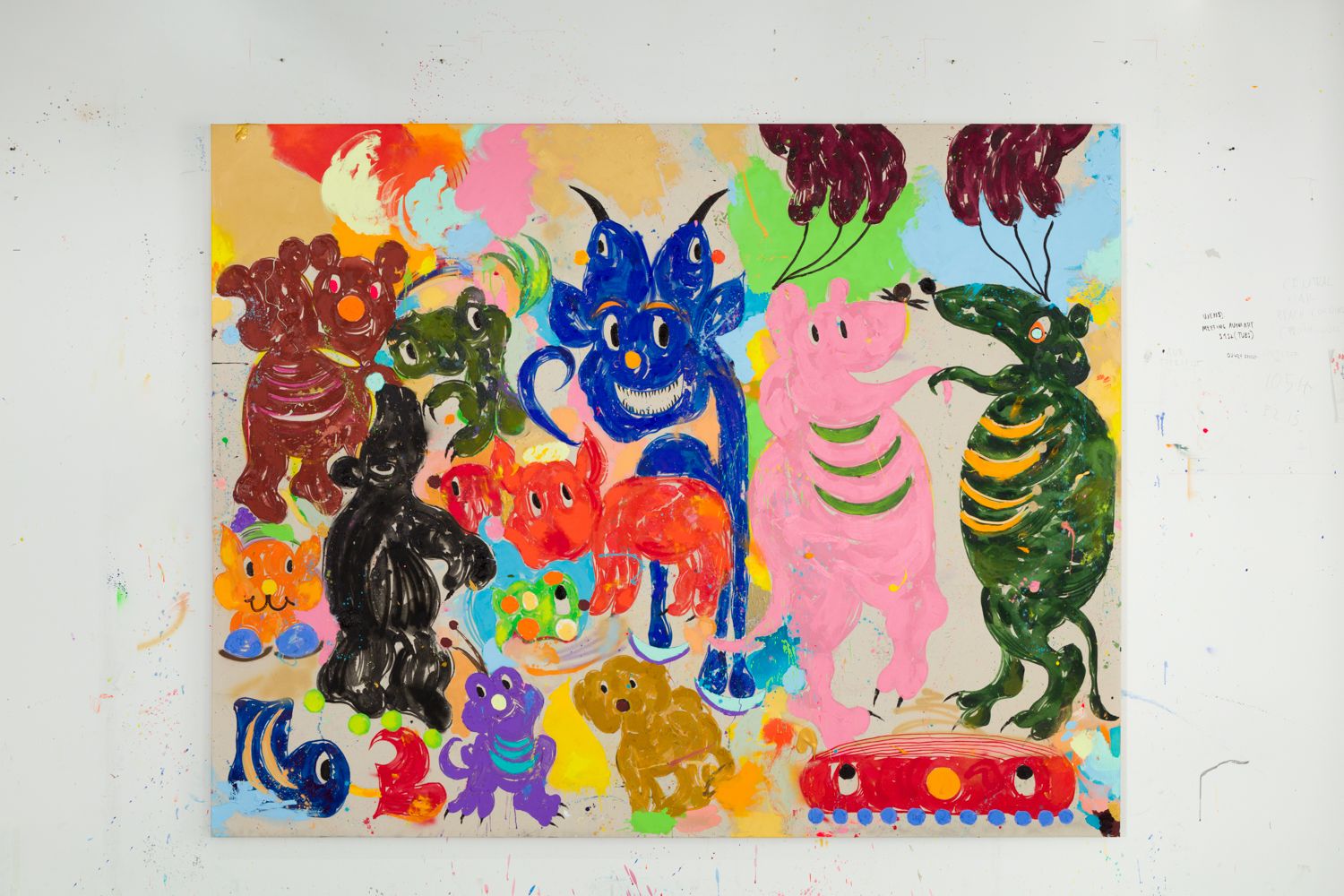
The multiplicity of colors adds a sense of happiness to your paintings. Is your personality also like that?
Basically, I think of myself as a funny guy, but of course, I have my problems, like everybody else—everyone in the 21st century is mildly depressed. Sometimes, when I’m in a bad mood, I only paint darker pictures, but I keep them to myself. This colorful, joyful world can be regarded as a kind of therapy: can I be as happy and cheerful as my pictures? For me, it was a way to relax when I worked in catering. I didn’t like serving rude people, but who likes them, of course?
Social media has brought you real popularity. Has this success come suddenly?
My brother encouraged me to create an Instagram account for my paintings, in case someone might grow to like them over time. I didn’t even dare to think that I could attract the attention of a gallery with this. At first, I felt like I was putting my private life out there because nobody knew I painted. That’s probably not the way my life would have turned out if it wasn’t for the internet, but in the end, I’m glad it worked out like this.
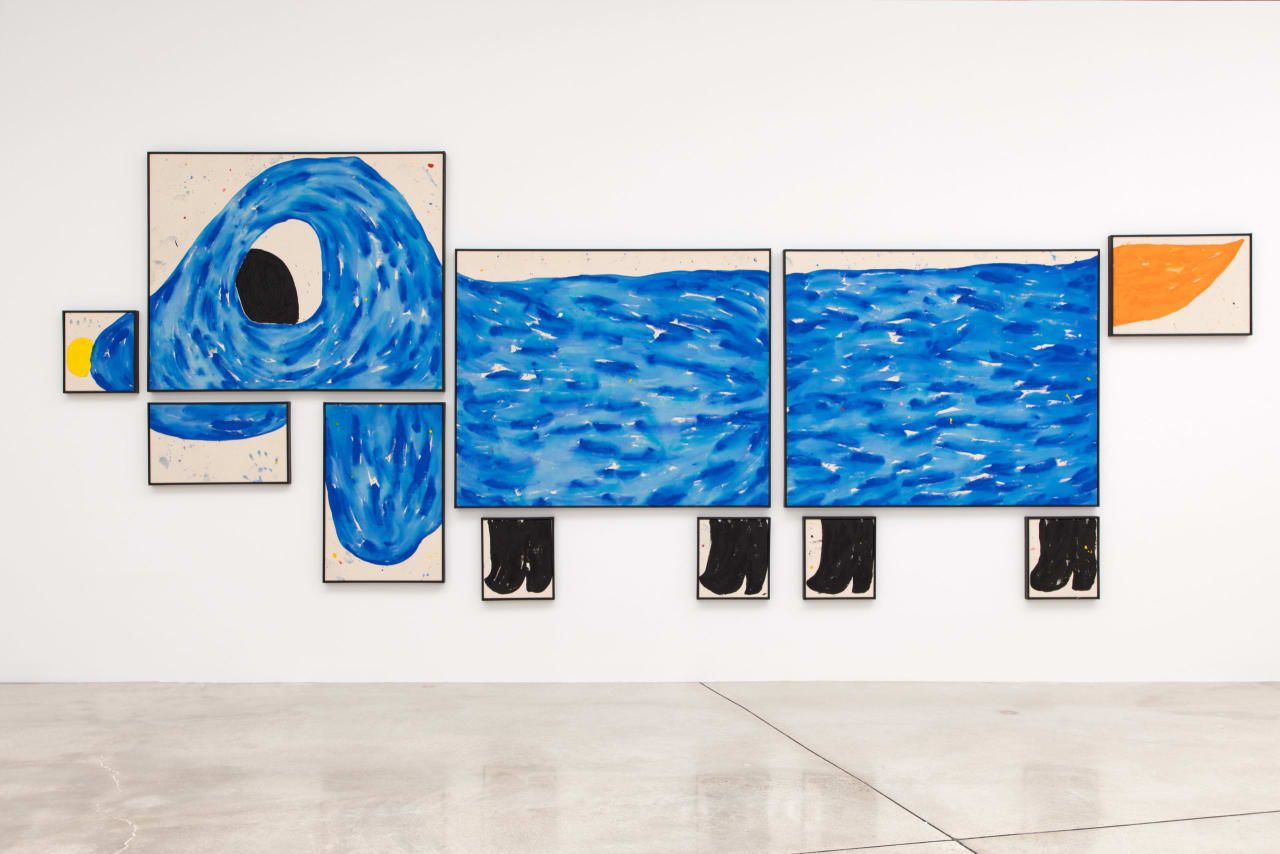

You’ve become famous pretty fast. Tell us about it.
2020 was the real breakthrough, but two years before that I had already painted for three weeks in my first gallery in Spain. They saw my work on Instagram and asked how much the job would cost. I had no idea what price to ask for, as I had only sold one piece to a friend for £80, which seemed like a lot at the time. My duo exhibition in Paris was also a very defining part of my career, after that, the number of commissions skyrocketed. It all happened so fast, my whole life changed in almost six months. It was then that I started to realize that this was my future, so I quit my job.
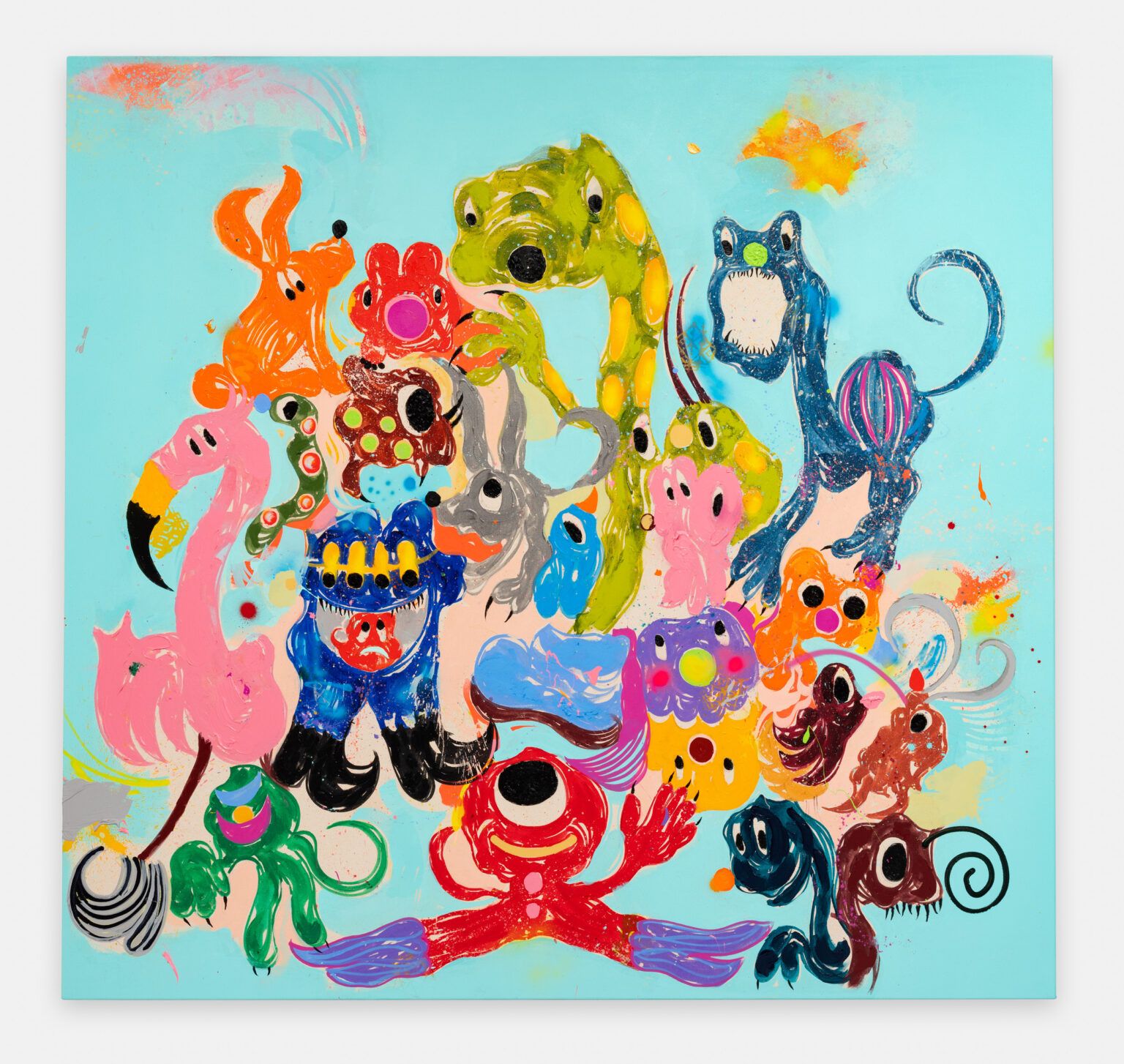
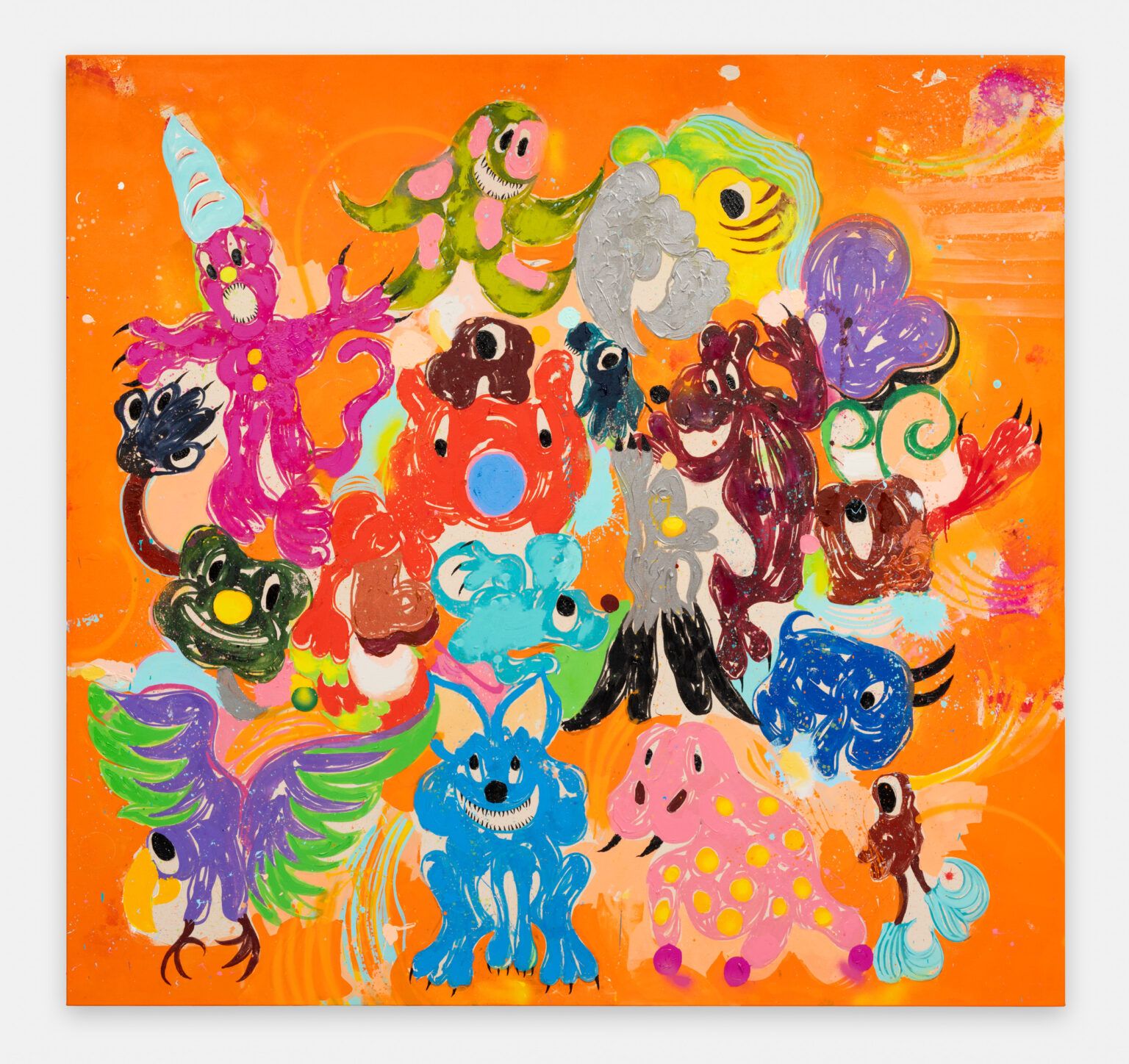
You may have read that in 2022 you were the best-selling Hungarian artist in terms of sales and value, ahead of big names like Imre Bak and Ilona Keserü. Unbelievable, right?
I don’t really know what to say to that. To think that my paintings, which I created in my little studio in East London, are now being sold for these prices feels very strange. It feels a bit unfair sometimes because financially I may come close to several great painters, but I don’t have 50-60 years of work behind me. I think that when I reach their level, then we can be truly compared, until then we only see the price my works were sold at.
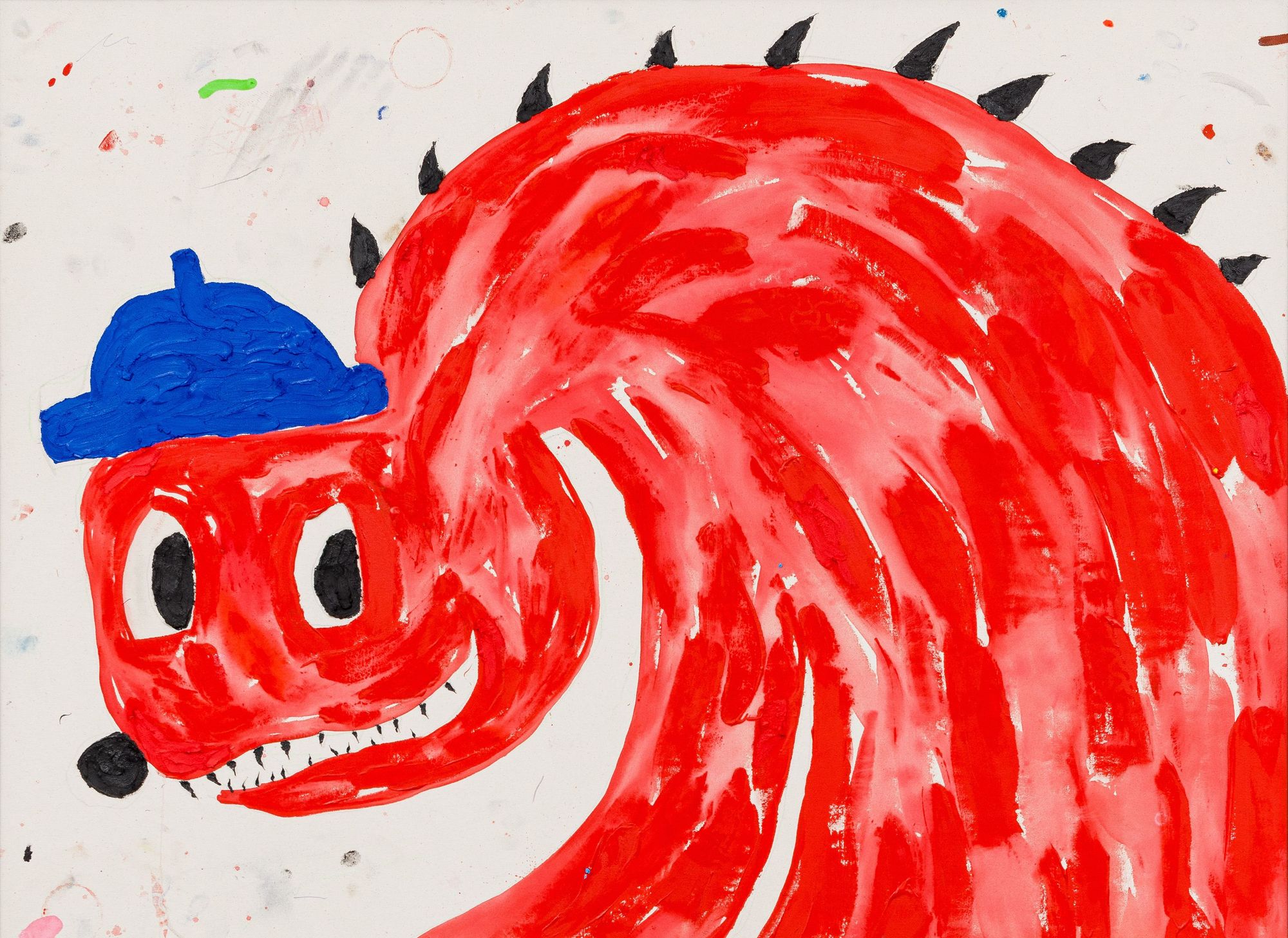
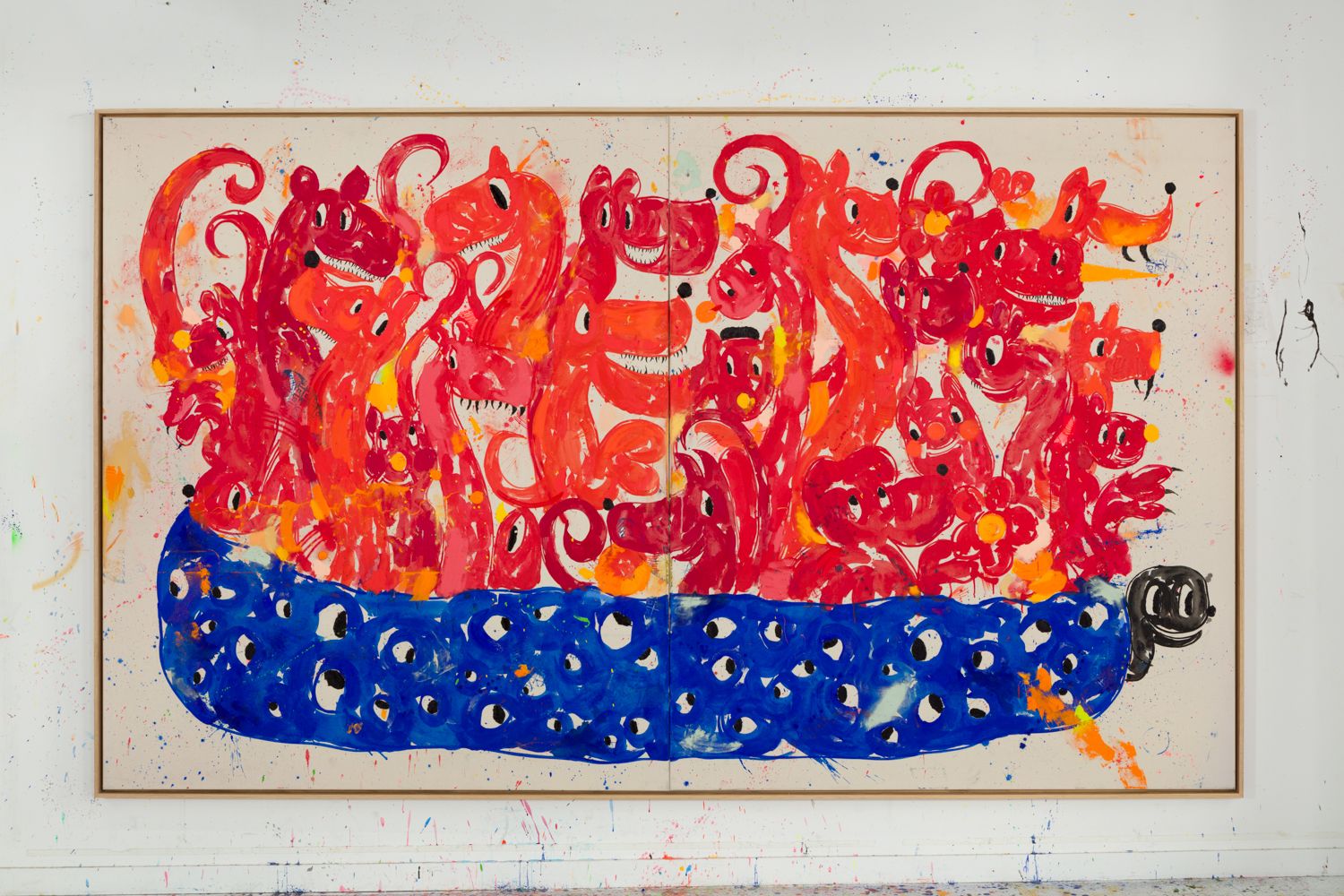
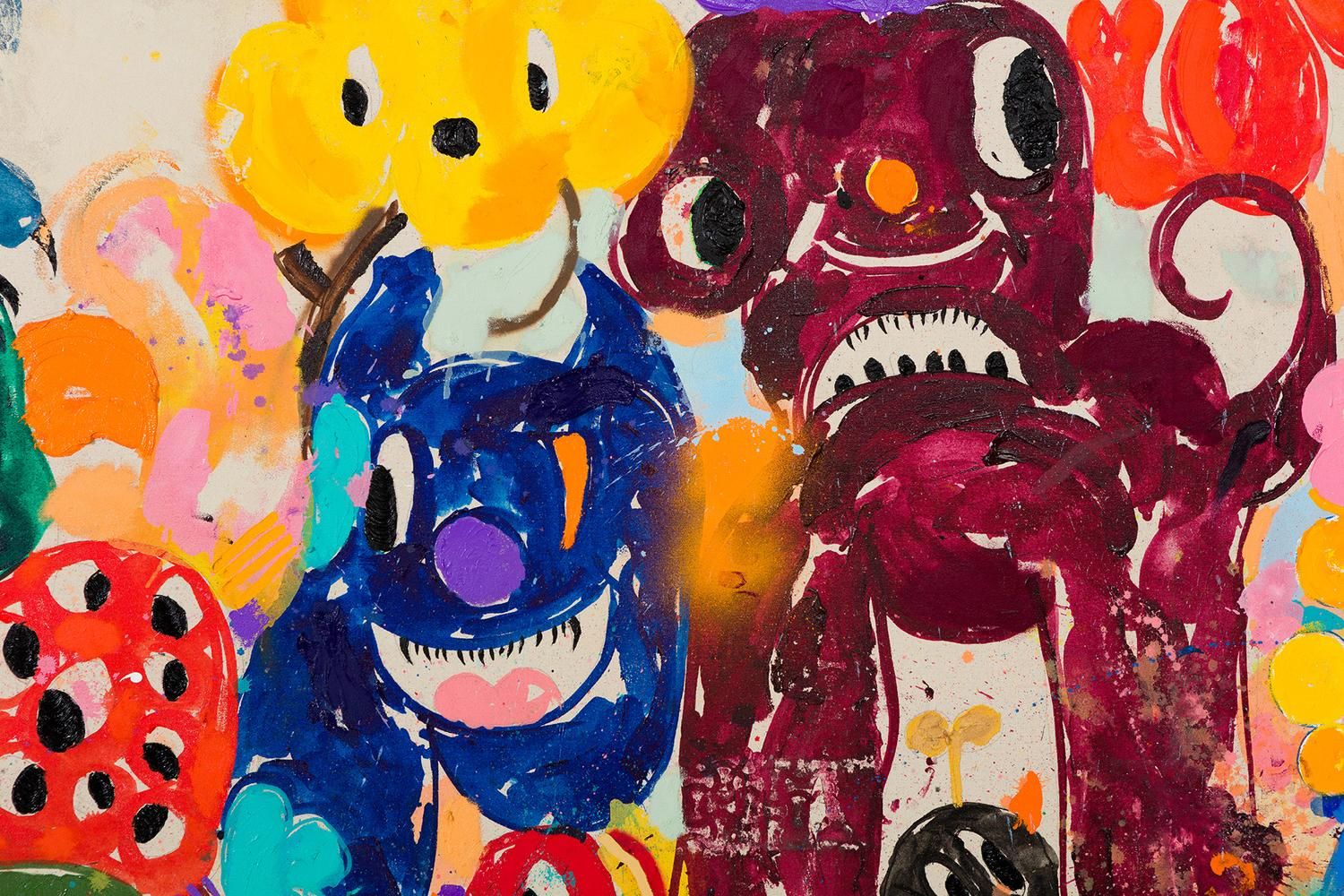
You are one of the artists whose work is recognized in their lifetime. Does it feel good to write the history of the present?
This is a relatively new thing in contemporary art: Picasso was one of the first to live off his work, anyone else who had pulled that off came from the elite. On the one hand, it’s nice to be able to leave some kind of a mark in this crazy world, which is tiny and doesn’t matter to many people, but it’s the most important thing for me. On the other hand, I’m not concerned about people knowing who I am, I care about people getting to know my work. It will be cool to show my children what their father created.
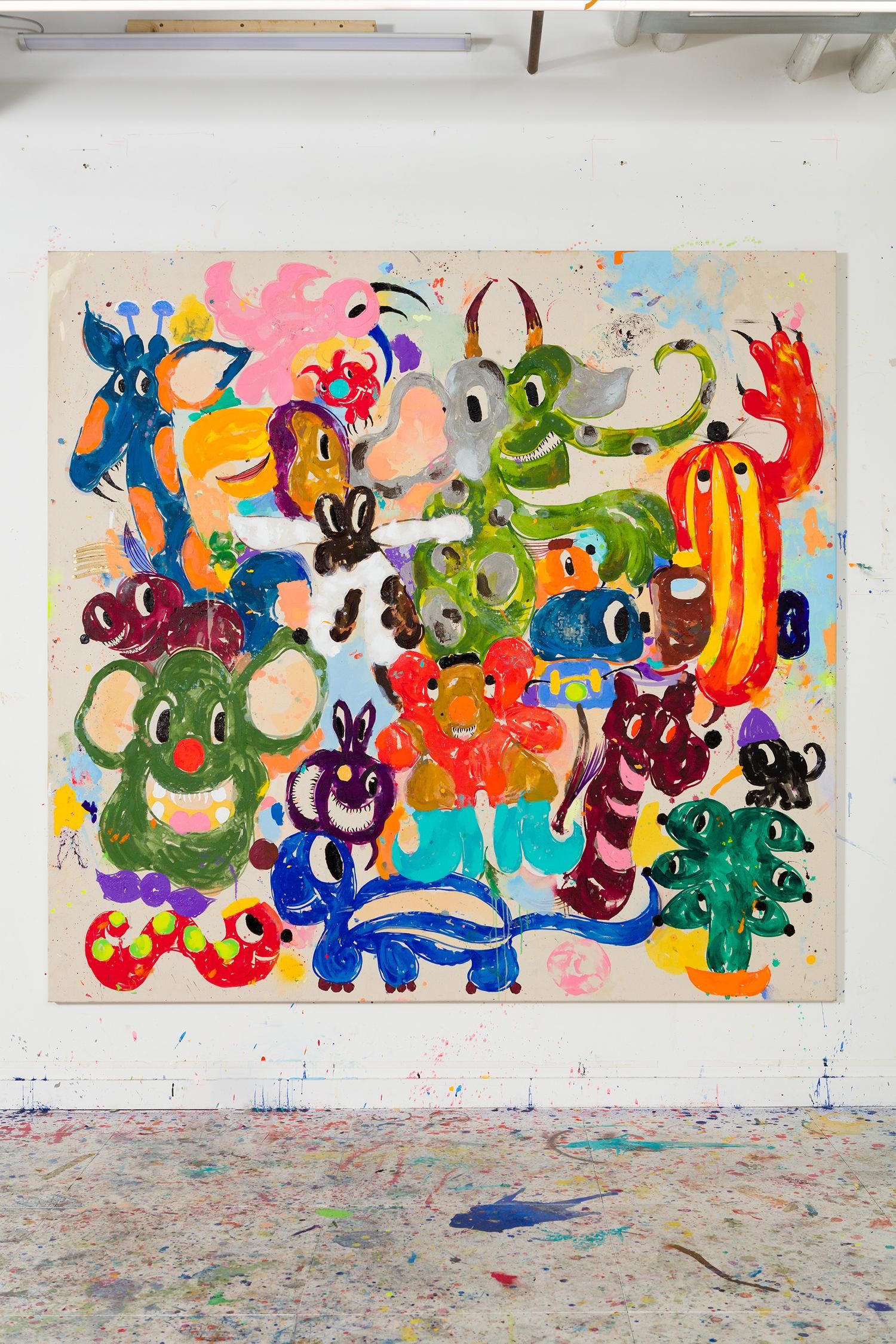
You have a painting with the number 2023 on it. Is there any hidden reference or mystical meaning to the year?
I painted this in 2018 and miscalculated things, thinking I would be 30 in 2023. I struggle with dyscalculia, that’s why it happened. I hope the painting doesn’t give off bad vibes. It’s good that this gets written down because if by chance something would happen to me, nobody will see anything crazy behind it. Knock on wood, just in case something happens!

What does 2023 have in store for you? Marching forward?
I will have a project in Texas, in the desert in Marfa, and a three-person exhibition in the Swiss mountains. And in New York, I will have a highly significant solo show in June at the new gallery of the French art dealer Almine Rech. I got this opportunity through Picasso’s grandson, which is an incredible achievement, I’ve always wanted to work with them. What I still dream of is to create a cool joint exhibition with the Vasarely Museum in Pécs, as he was an important part of my life. I have already had the opportunity to talk with the director, I hope it goes well.
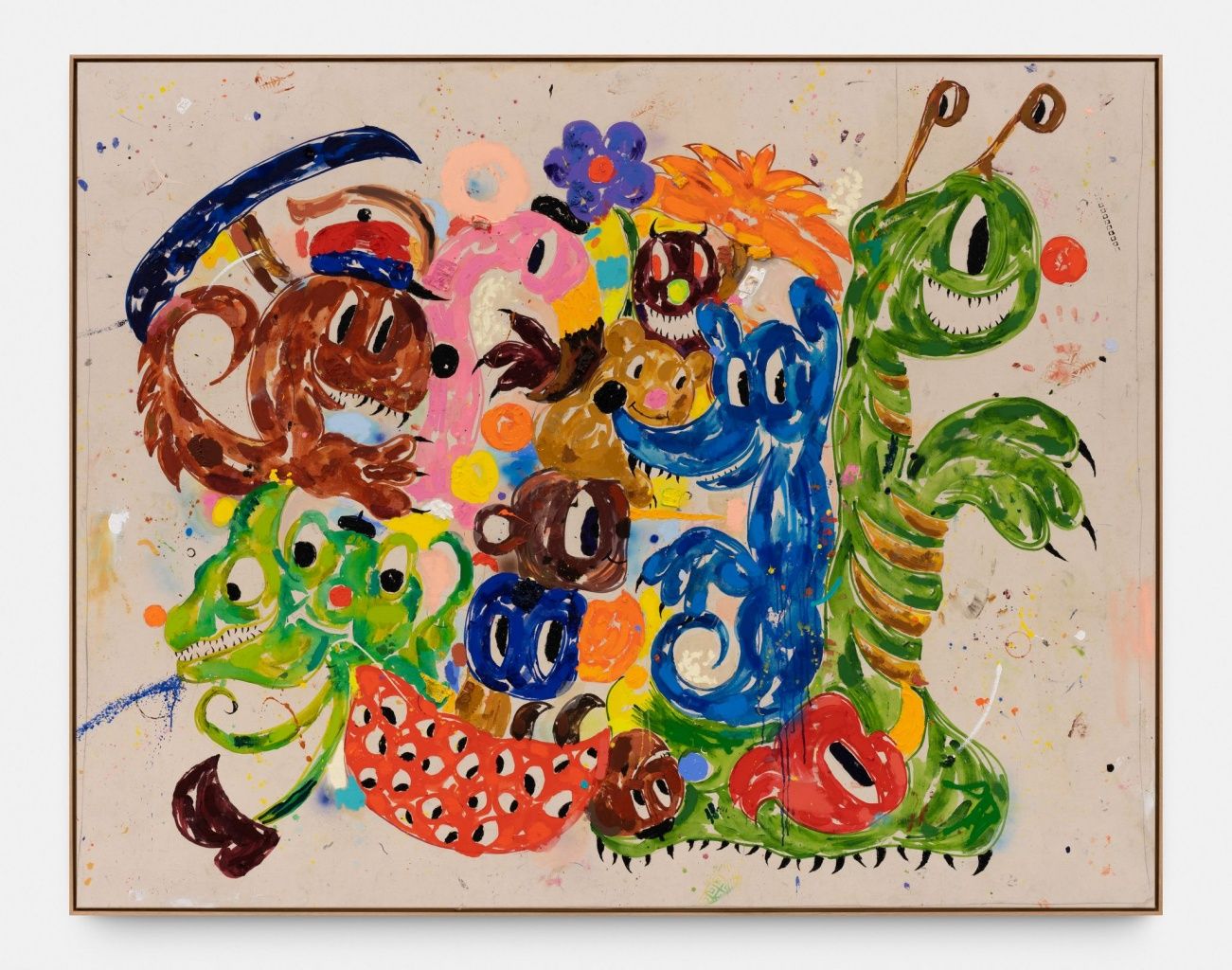

You like to experiment and break the rules. Do you have any plans for the future?
For two years I had a studio here in the financial district, where those tall skyscrapers are. I’d like to cover up those big buildings, or somehow put my pictures on them in 3D and make a giant figure out of the whole thing. I don’t have a big list, but it’s at the top: I think it’s a fun idea and I would definitely love to do it in my lifetime.
Szabolcs Bozó | Instagram
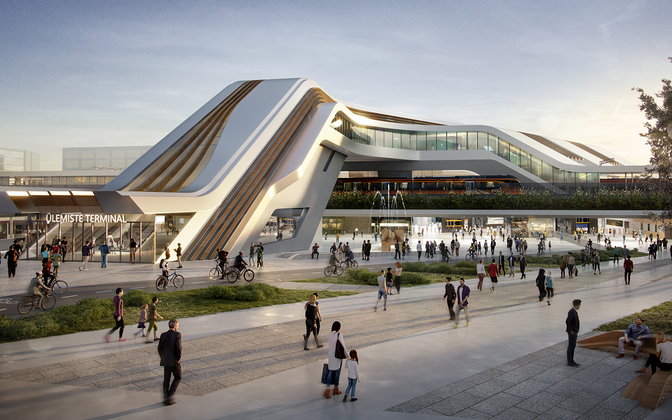
Tallinn approves new passenger terminal plan
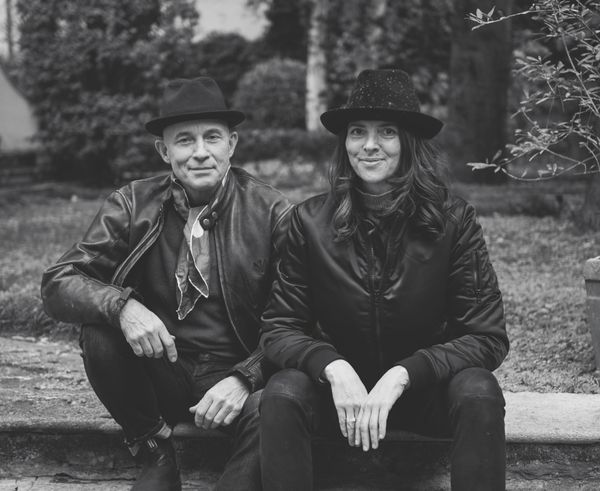
Artist Duo | Draga & Aurel










